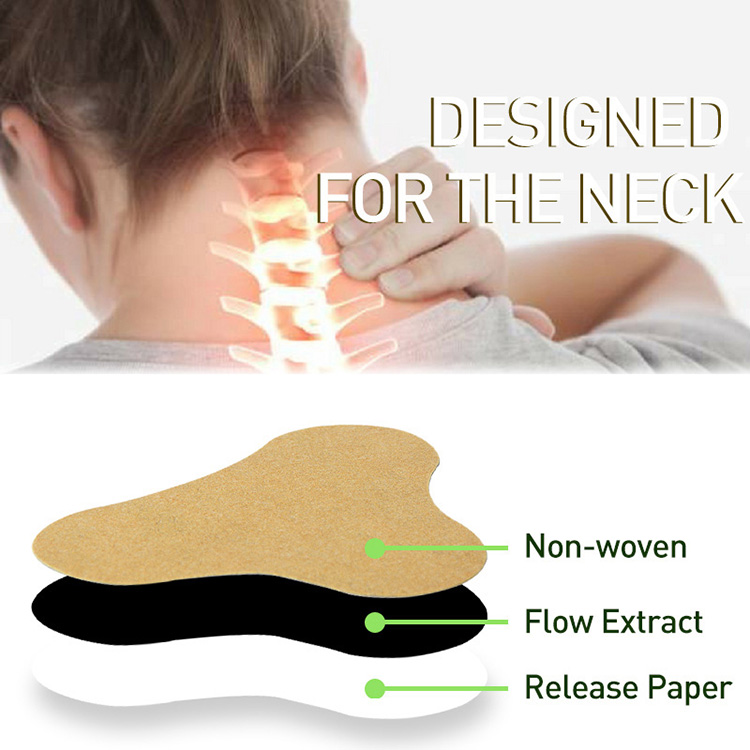Exploring Relief: Common Active Ingredients in Pain Relieving Patches
2024-02-26
Living with discomfort or pain can be challenging, impacting our daily activities and overall well-being. Fortunately, advancements in pain management have led to the development of various solutions, including pain relieving patches. These patches offer targeted relief directly to the site of pain, providing a convenient and effective alternative to oral medications. One of the key components of these patches is their active ingredients, which play a crucial role in alleviating discomfort. In this blog, we'll explore some of the common active ingredients found in pain relieving patches, shedding light on their mechanisms of action and benefits.
1. Lidocaine:
- Lidocaine is a local anesthetic that works by blocking nerve signals in the body, thereby numbing the area where it is applied.
- Pain relieving patches containing lidocaine provide temporary relief from minor aches and pains, such as muscle soreness, arthritis, or post-surgical discomfort.
- Lidocaine patches are often used to manage localized pain associated with conditions like shingles, neuropathy, or back pain.
2. Menthol:
- Menthol is a natural compound derived from peppermint oil that produces a cooling sensation when applied to the skin.
- Pain relieving patches containing menthol work by stimulating nerve receptors, which helps distract the brain from the sensation of pain.
- Menthol patches are commonly used to relieve muscle aches, strains, sprains, and minor injuries, providing a soothing and cooling effect.
3. Methyl Salicylate:
- Methyl salicylate is a topical analgesic with anti-inflammatory properties, derived from wintergreen oil or birch bark.
- Pain relieving patches containing methyl salicylate help alleviate pain and inflammation by inhibiting the production of prostaglandins, which are mediators of pain and inflammation.
- Methyl salicylate patches are often used to relieve muscle and joint pain associated with conditions like arthritis, tendonitis, or sports injuries.
4. NSAIDs (Nonsteroidal Anti-Inflammatory Drugs):
- Some pain relieving patches contain NSAIDs such as ibuprofen, diclofenac, or ketoprofen, which are known for their anti-inflammatory and analgesic properties.
- NSAID patches work by inhibiting the activity of cyclooxygenase enzymes, which are involved in the production of prostaglandins responsible for pain and inflammation.
- NSAID patches are used to provide localized relief from muscle aches, joint pain, and inflammatory conditions like osteoarthritis or tendonitis.
5. Capsaicin:
- Capsaicin is a natural compound found in chili peppers that produces a warming sensation when applied to the skin.
- Pain relieving patches containing capsaicin work by depleting substance P, a neurotransmitter involved in the transmission of pain signals.
- Capsaicin patches are commonly used to relieve nerve pain associated with conditions like diabetic neuropathy, post-herpetic neuralgia, or osteoarthritis.
Conclusion:
In conclusion, pain relieving patches offer a diverse range of active ingredients that target pain and discomfort through various mechanisms of action. Whether you're seeking relief from muscle aches, joint pain, nerve pain, or inflammatory conditions, there's a pain relieving patch with the right combination of active ingredients to suit your needs. By understanding the role of these ingredients and their benefits, you can make informed choices to effectively manage pain and improve your quality of life.



